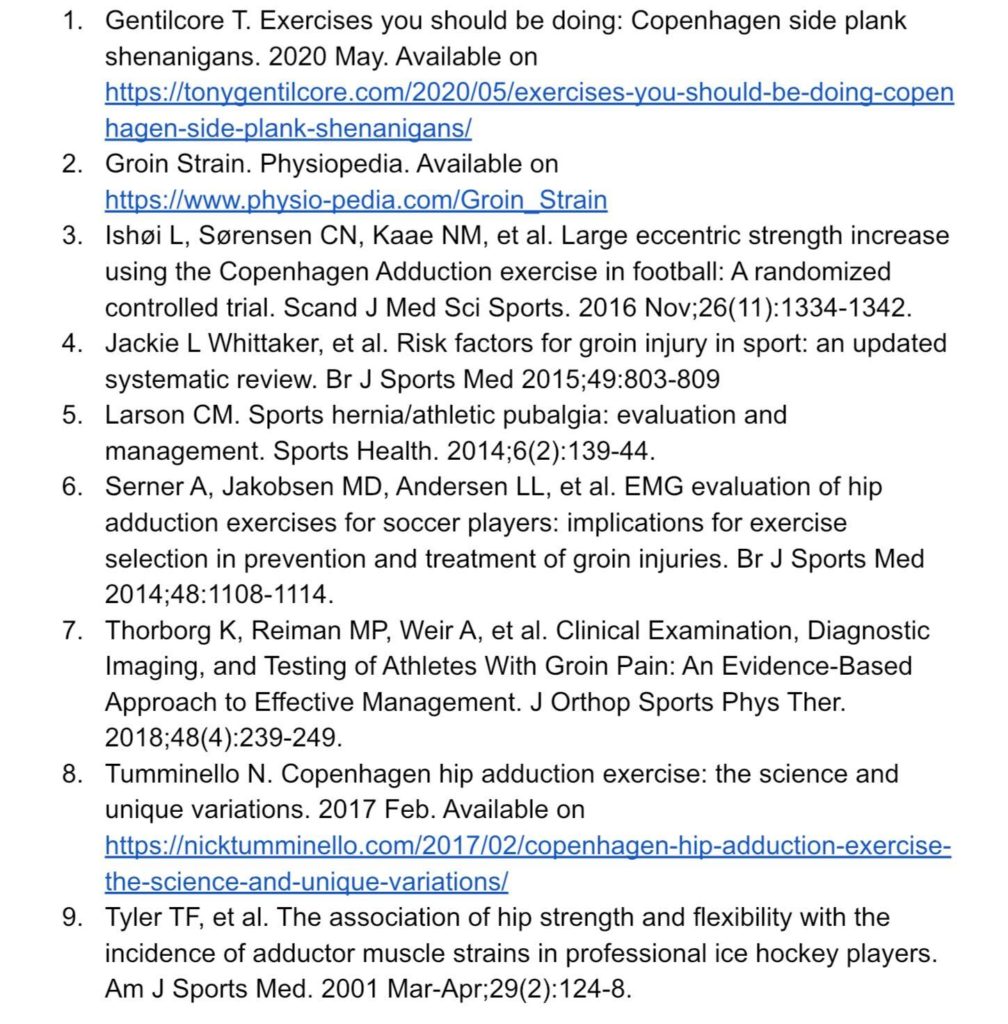Adductor Strains
Groin Strains
If you played sports, it is likely that you have experienced an adductor groin strain. This injury is most common in sports like soccer, ice hockey, tennis, rugby, baseball, basketball, and football. A groin strain can limit your ability to perform many activities like running, kicking, cutting or changing direction, and can linger for months if left untreated. Below we will discuss common presentation, cause of injury, and rehab considerations after a groin strain.
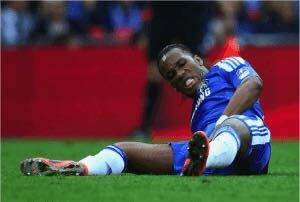
Disclaimer: We recommend getting evaluated and treated with the supervision of a Physical Therapist. This will ensure individualized progression specific to your injury. This blog is meant to be a resource to gather more information about your injury, but should not be substituted for specific medical advice from a qualified professional.
Anatomy of “Pulled Groin”
First, we must define the muscles that make up the groin. This group of muscles are adductors. The most commonly injured muscle of this region is the adductor longus muscle. This injury typically occurs with a rapid deceleration when kicking, cutting, or twisting that causes a quick eccentric contraction of the adductor musculature. The adductor longus has a poor mechanical advantage to withstand the forces through the trunk, core, and hips which makes it more susceptible to injury.
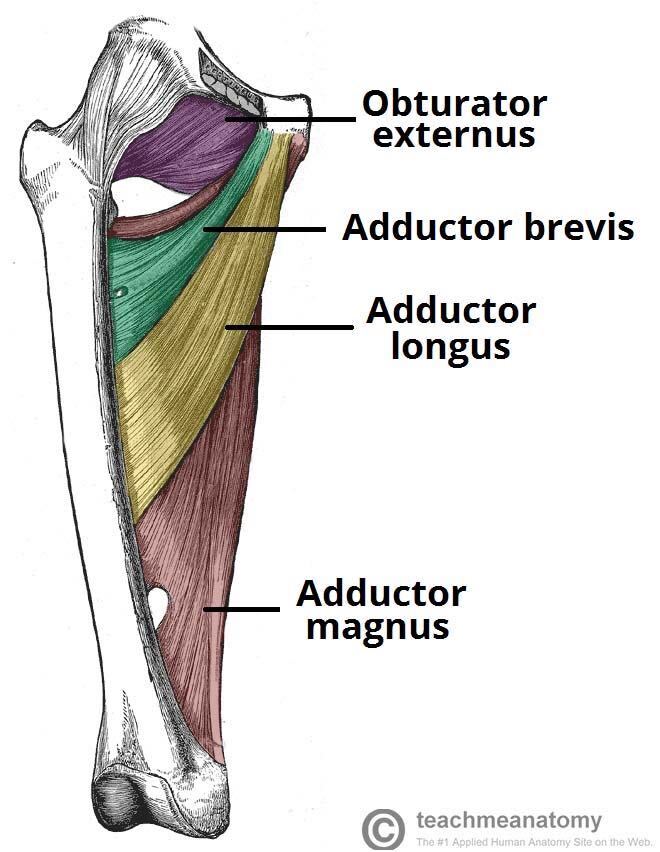
Common Presentation of a Groin Strain
This injury is very common amongst athletes, especially soccer and ice hockey players, due to the high frequency of kicking, cutting, twisting, skating, and changing direction. This injury usually occurs when attempting to resist a rapid hip extension and abduction movement similar to the stride during ice skating. This muscle group attempts to decelerate the leg as it goes into this motion, but fails to do so causing the injury to occur. This injury can be a result of an acute forceful contraction of the muscle, or due to chronic overuse causing microtrauma at the tendon/bone.
Minor groin pain often goes unreported as athletes attempt to play through the pain which can result in chronic changes to occur at the tendon/bone. Patients will typically present with tenderness to palpation of the adductor musculature, painful resisted hip adduction, pain with passive hip abduction, and an inability to kick, jump, sprint/skate, hop, or cut without pain.
Risk Factors for a Groin Strain
Most training and rehab programs place a large focus on strengthening hip abductor musculature. As a result, it prevents low back, hip, or knee injuries. But, strengthening the adductor (groin) muscles is not given the same effort. Strength deficits of the adductor muscles compared to the abductors will place An athlete at higher risk for groin or pubic-related pain. Tyler et al found that ice hockey players are 17x more likely to experience a groin injury. This will happen if there is a strength deficit of greater than 20% between the adductors and abductor muscle groups. Often, this muscle group is undertrained. It is important pay attention to the adductors to prevent injury.
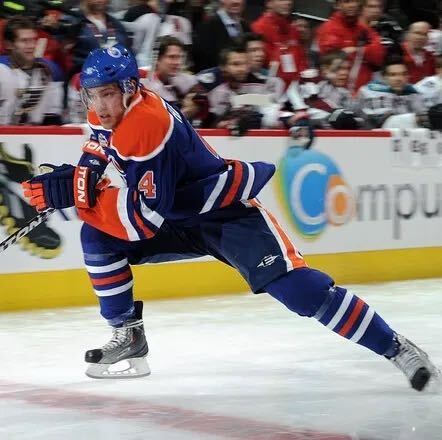
Differential Diagnosis
It is crucial to properly screen for other pathologies to ensure proper diagnosis of the injury. The presence of one of these pathologies may dramatically affect treatment. It is imperative to rule out these pathologies to determine the appropriate intervention for recovery. Below are a few examples of pathologies that need to be properly screened for because they may cause pain in the same area or mimic a groin strain:

Best Physical Therapy Treatment for Adductor Groin Strains
The best treatment is a comprehensive rehabilitation program supervised by a Physical Therapist. This exercise progression is called the Copenhagen Side Plank. It is easily scalable to the appropriate phase of rehab or training specific to each athlete.
In short, the Copenhagen Side Plank is tremendously effective to improve strength and eccentric control of the adductor musculature. It is an effective exercise to help decrease risk of groin injury when included in training programs. This exercise is key to increasing strength after a groin injury. We still want to train the adductors in hip flexion, extension, and abduction as well. In addition, this exercise provides a great opportunity to build the strength required to handle those motions at the hip.
Side Plank Exercises
Below is an example of a progression of Copenhagen Side Plank exercises. There are many variations of this exercise. Tony Gentilcore suggests most of the recent research focusing on groin injuries in sport comes from Denmark. Copenhagen Side Planks fit right into this group.
You can scale this exercise further to make it more or less challenging depending on the level of the individual. I typically prescribe them for 2-4 sets of 10-30 seconds on each side. It is important to note that while performing this exercise you should not feel pain or strain on the inside of the knee. If you are experiencing pain in the inside of your knee, you may need to place more of the leg on the bench to decrease the stress to that area. The exercises below progress in difficulty from easiest (#1) to hardest (#8):
Further Considerations for a Comprehensive Rehabilitation Program Include:
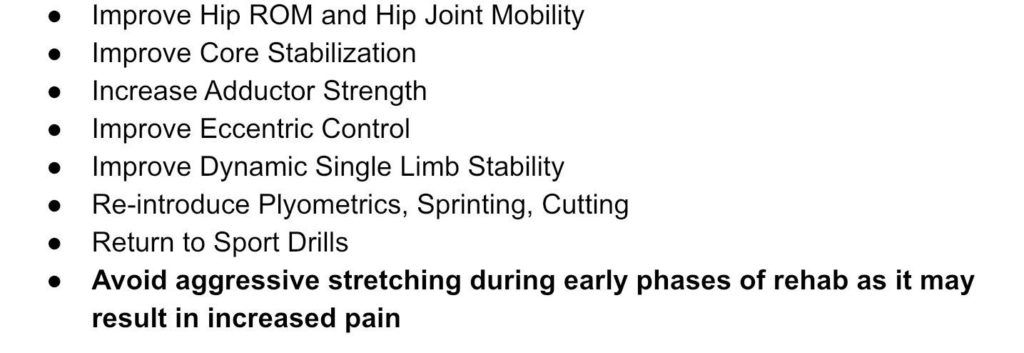
It is imperative for a medical professional to evaluate any pain in the groin. At Symmetry our Doctors of Physical Therapy can ensure individualized progression if you have suffered from a groin strain. Stay in contact with us on social media for tips on how to avoid injuries. Proper rehab will help to enhance performance and decrease your risk of re-injury. This injury commonly feels better with rest. However, symptoms return as patients resume their sport unless the patient completes a comprehensive rehab program to improve strength, ROM, coordination, stability, power, agility, and endurance. Come in to see us at Symmetry PT to have a treatment plan unique developed to you to get you back to your sport as soon as possible!
References:
